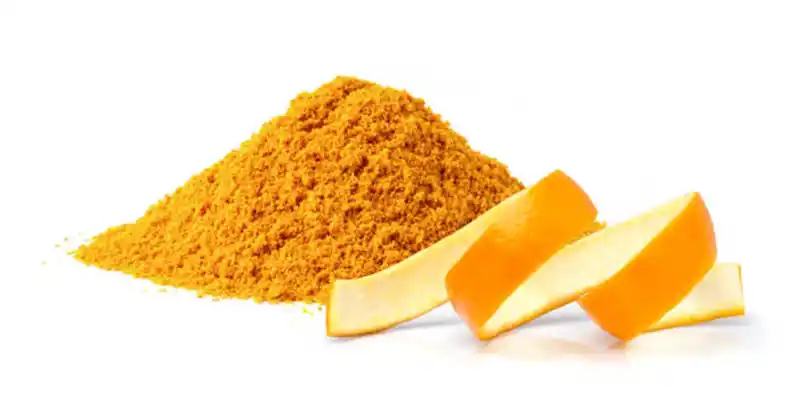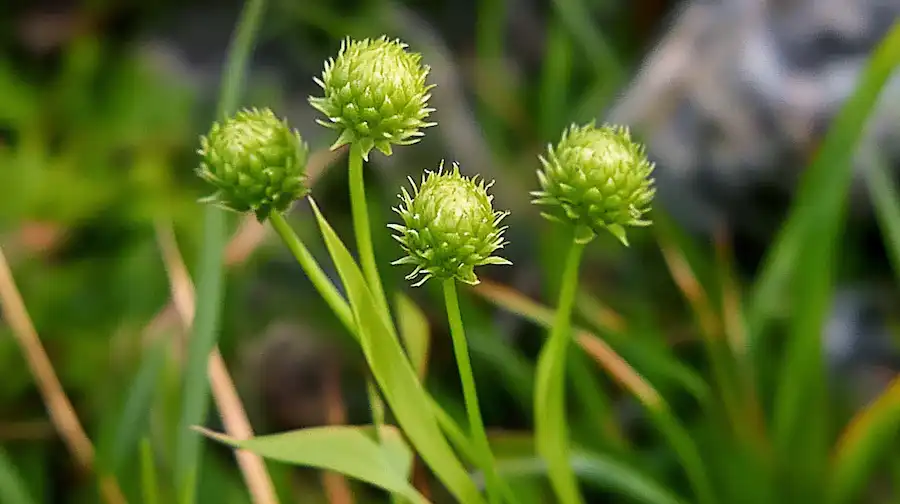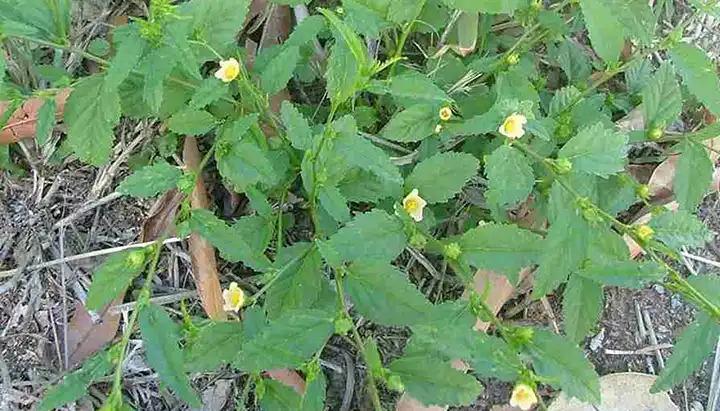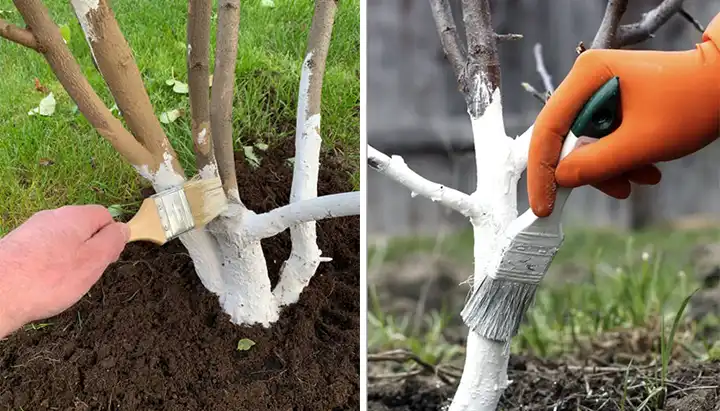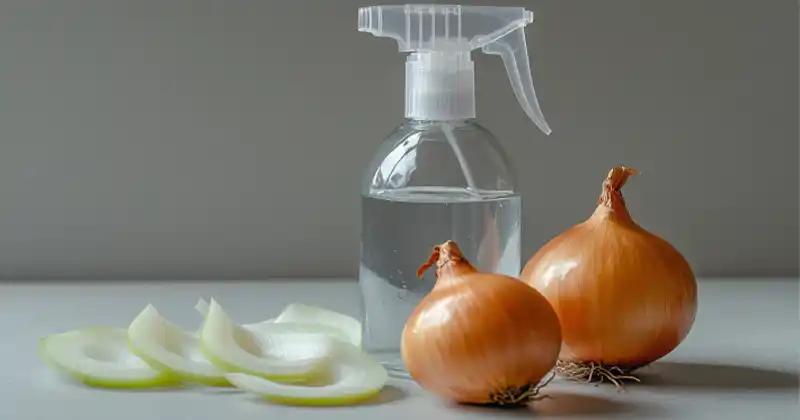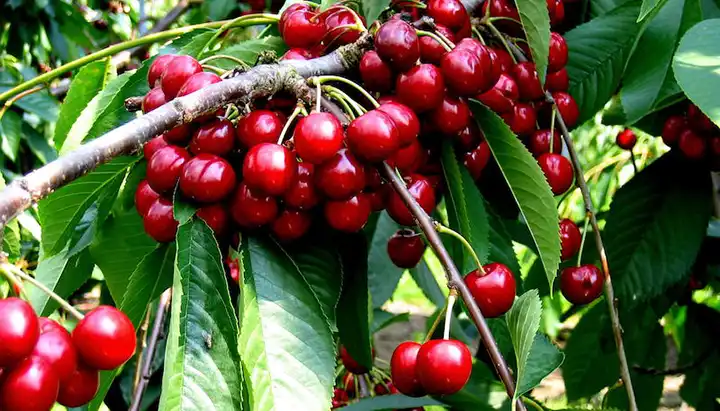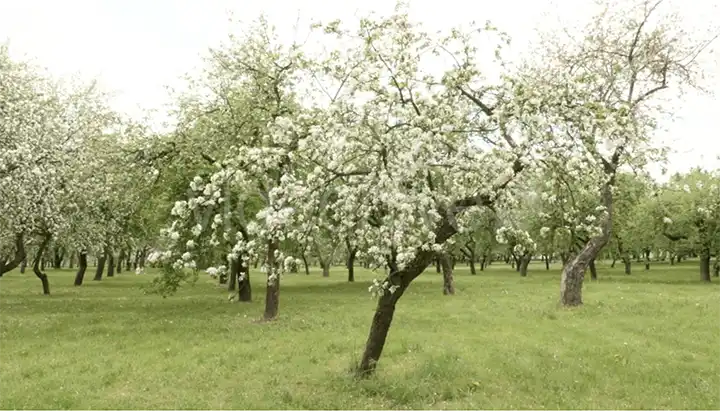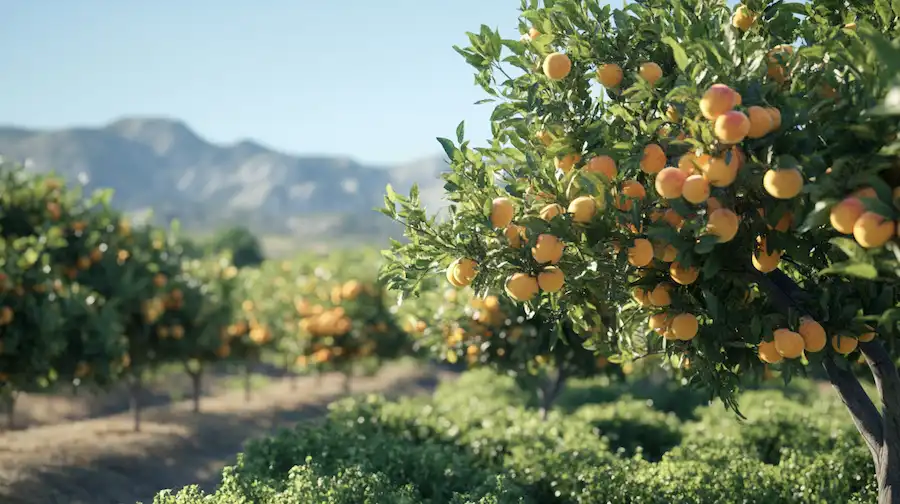How and When To Prune Grape Vines: A Comprehensive Guide
Pruning grape vines is an essential part of vineyard management. It ensures healthy growth, improves grape quality, and maintains the vine’s shape. This article provides a detailed, step-by-step guide on how to prune grape vines effectively.

Understanding the Importance of Pruning
- Promotes Healthy Growth: Pruning helps in managing the energy and resources of the vine, directing them to produce quality fruit rather than excessive foliage.
- Controls the Size and Shape: It keeps the vineyard manageable and aesthetically pleasing.
- Prevents Disease: By removing excess growth, you reduce the risk of pests and diseases.
Tools Needed for Pruning
- Sharp pruning shears
- Loppers for thicker branches
- Gloves to protect your hands
- Disinfectant for tools
Steps to Prune Grape Vines
- Time Your Pruning: The best time to prune grape vines is in late winter or early spring, just before the sap starts to flow but after the worst of the winter cold has passed.
- Inspect the Vine: Look for any signs of disease or damage. Remove any diseased or dead wood first.
- Understand Vine Anatomy:
- Identify the main trunk, cordons (the horizontal branches growing from the trunk), and canes (the growth from the current or previous year).
1. Cane Pruning:
- For younger vines, use cane pruning to establish the basic structure.
- Select 2-4 of the best canes from the last growing season, and prune away the rest.
- Trim the selected canes to have 8-10 buds each.
2. Spur Pruning:
- For mature vines, spur pruning is often used.
- Cut back the canes from the previous year to leave spurs with 2-3 buds.
- Ensure that spurs are spaced about 6 inches apart.
3. Thinning Out:
- Remove any canes that are growing in the wrong direction or that are too close to each other to prevent overcrowding.
4. Maintain the Trunk and Cordons:
- Keep the trunk clear of any shoots, and maintain the shape of the cordons.
5. Clean Up:
- Remove all cuttings from around the vine to prevent disease.
Post-Pruning Care
- After pruning, apply a fungicide to protect against any potential diseases.
- Monitor the vine regularly for growth and health issues.
Tips for Effective Pruning
- Always use sharp and clean tools to make clean cuts.
- Make cuts at a 45-degree angle to prevent water accumulation on the cut surface.
- Avoid over-pruning as it can stress the vine and reduce fruit production.

When to Prune Grape Vines: Timing and Details for Optimal Growth
Pruning grape vines is not just about the technique but also about timing. Pruning at the right time is crucial for the health of the vine and the quality of the fruit. Here’s a detailed guide on when to prune grape vines for optimal growth and fruit production.
Understanding the Best Time for Pruning
1. Late Winter or Early Spring:
- The ideal time to prune grape vines is in late winter or early spring. This period is typically just before the sap starts to flow but after the coldest part of winter has passed.
- The exact timing can vary depending on the local climate and weather conditions.
2. Reasons for Winter Pruning:
- Pruning during dormancy (winter) minimizes the risk of frost damage to new shoots.
- It reduces the likelihood of disease transmission, as many pathogens are inactive during cold weather.
- It’s easier to see the structure of the vine without leaves, allowing for more precise pruning.
3. Avoiding Late Fall Pruning:

- Pruning too early, such as in late fall, can increase the risk of frost damage to the vine.
- The vine may not have enough time to harden off and prepare for winter, leading to potential injury.
4. Considerations for Different Climates:
- In colder regions, pruning might be delayed until the threat of extreme cold has passed.
- In milder climates, pruning can be done earlier, as the risk of severe frost is lower.
Specific Timeframes
1. Temperate Regions:
- Typically, prune between January and March.
- Observe local weather patterns for the best time window.
2. Colder Climates:
- Pruning might be delayed until late March or early April.
- Ensure that the vine is fully dormant and the coldest weather has passed.
3. Warmer Regions:
- Pruning can begin as early as December and continue through February.
Additional Tips
- Weather Watch: Keep an eye on the weather forecast. Avoid pruning right before a forecasted deep freeze.
- Early vs. Late Pruning: Early pruning stimulates earlier spring growth, which can be beneficial in warmer areas but risky in regions prone to late frosts.
- Pruning and Vine Health: Regular pruning is essential for the long-term health of the vine. Unpruned vines can become overgrown, leading to poor fruit quality and increased disease susceptibility.
Timing your pruning is as important as the pruning process itself. By understanding the growth cycle of grape vines and the climatic conditions of your area, you can choose the best time to prune. This ensures healthy vines, abundant fruit, and minimal risk of damage or disease. Remember, the goal of pruning is not just to shape the vine but also to optimize its health and productivity.

Pruning grape vines is a vital skill for any vineyard owner or hobbyist gardener. It requires patience and understanding of the vine’s growth patterns. By following these steps and tips, you can ensure a healthy and productive grape vine that will yield high-quality grapes for many years. Remember, the key to successful pruning is consistency and care.
